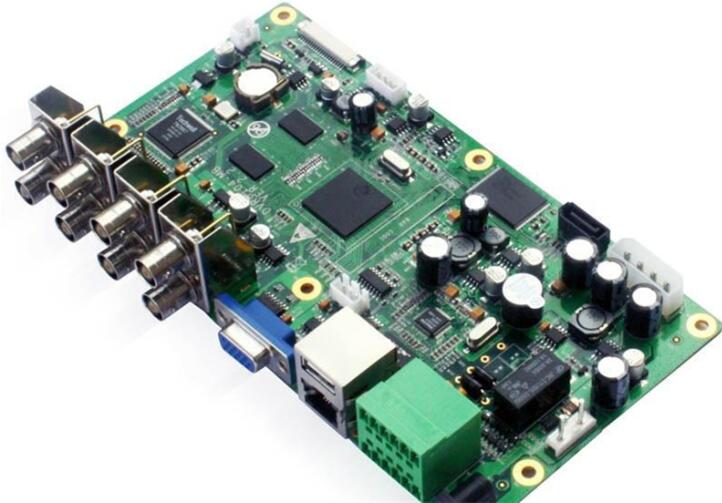Causes of defects encountered by smt chip processing manufacturers during reflow soldering
Tips for solving reflow soldering defects in smt patch processing plants. We often encounter soldering defects when performing reflow soldering. In response to this problem, the Guangzhou SMT patch editor has sorted out and found that there are 13 reasons for this kind of thing., I will list them in detail with you today.
1. Poor wetting
2. Insufficient amount of solder and open circuit of virtual solder
3. Suspension bridge and shift
4. The solder joints are bridged or short-circuited
5. Walking the solder balls near the solder joints
6. The pores distributed on the surface or inside of the solder joints
7. The solder joints highly contact or exceed the component body (material suction phenomenon)
8. Tiny tin wires between component solder ends, between pins, solder ends or between pins and through holes
9. The electroplating layer of the component end peels off to varying degrees, exposing the component body material
10. The component surface is reversed
11. The component body or end has different degrees of cracks and defects

12. Cold welding, also known as welding spot fuzziness
13. There are some defects that are invisible to the naked eye, such as the grain size of the solder joints, the internal stress of the solder joints, and the internal cracks of the solder joints. These can only be detected by X-ray, solder joint fatigue test and other methods. These defects are mainly related to the temperature profile. For example, if the cooling rate is too slow, large crystalline particles will be formed, resulting in poor fatigue resistance of the solder joints. However, if the cooling rate is too fast, it is easy to produce component body and solder joint cracks. For example, if the peak temperature is too low or the reflow time is too short, solder will be produced. Insufficient melting and cold soldering phenomenon, but too high peak temperature or too long reflow time will increase the production of co-boundary metal compounds, which will make the solder joints brittle and affect the strength of the solder joints. If it exceeds 235 degrees Celsius, it will also cause itching in the PCB. Carbonization of resin affects PCB performance and life.
The focus of SMT process audit
Raw materials:
Electronic components and MSD components are stored in designated and clearly marked locations, and the storage area can ensure an effective and reasonable FIFO;
All components and MSD components are reasonably distinguished and clearly marked;
Whether the quality assurance certificate of the chemical raw materials and the warehousing inspection report of the raw materials can effectively monitor the chemical composition of the aluminum ingot, including the management and labeling of the MSDS;
Whether the traceability system of components is complete and whether the FIFO is embedded in the traceability system
Whether the ESD system is effectively implemented, whether it is certified, whether the record is complete
Solder paste printing:
Storage and storage management of solder paste
The life and cleanliness of steel mesh
Solder paste printing parameter management, SPC application
Printing machine maintenance
Cmk evaluation of printing machine
Certification and evaluation of solder paste material composition, performance certification and evaluation
Management and traceability of solder paste printing procedures
SMT process:
Are the SMT mounting process parameters reasonable and effective? How to alarm and correct abnormal process parameters?
SMT program management and traceability
Confirmation of the first sample (size and performance)
Do operators and quality personnel have the following operational assessment qualifications for testing:
X-ray, special inspection of key areas, leakage inspection, appearance inspection, quality or density inspection
SMT placement accuracy and Cmk
SMT machine-level feeder maintenance
SMT refueling and feeding management and foolproof management of wrong and missing materials are in place
Whether the traceability of SMT process and components can be traced back to the batch of each component
Reflow soldering process:
Does the profile measure regularly
Maintenance of reflow oven
Is the Cmk target of the reflow oven achieved?
Spot inspection and SPC monitoring of key parameters of reflow oven
Evaluation and analysis ability of PCB welding effect
SMT appearance inspection:
Is the inspection standard clear
Check the validity of the method, whether the auxiliary equipment of advanced equipment is equipped, such as AOI, AVI, etc.
Whether the evaluation of the detection rate of SMT appearance inspection and the evaluation of MSA is carried out
Does FPY and DPMO have statistics and whether the traceability system is effective in real time?
Whether the quality abnormal early warning mechanism is timely and effective, and whether it is embedded in the traceability system